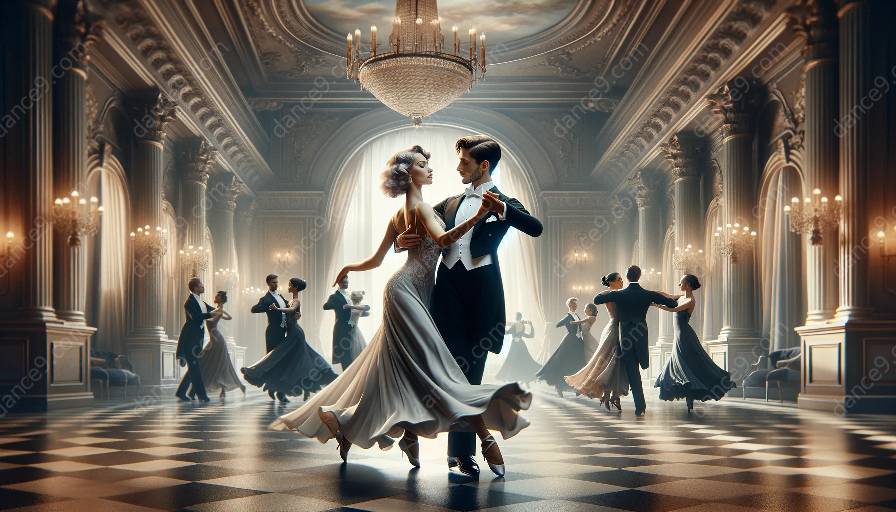The waltz is a graceful and romantic dance that has captivated dancers for centuries. To understand the origins and development of this captivating dance, it's essential to explore the historical context in which it emerged. The waltz has undergone significant transformation throughout history, influenced by various cultural, social, and artistic movements.
The Origins of the Waltz
The roots of the waltz can be traced back to the 18th century in Europe. While the exact origins of the waltz are somewhat ambiguous, it is believed to have evolved from traditional Austrian and Bavarian folk dances. Initially, the waltz was met with skepticism and controversy due to its close partners, which were considered scandalous at the time.
The Influence of Romanticism
The waltz gained popularity during the Romantic era, a period characterized by a fascination with emotion, individualism, and freedom. This cultural shift provided the perfect backdrop for the waltz to flourish, as its graceful movements and intimate nature resonated with the romantic ideals of the time. The dance quickly became a symbol of love and passion, solidifying its place in history.
The Impact of Ballroom Dance
As the waltz continued to evolve, it made its mark on the world of ballroom dance. This transformation paved the way for the codification of the dance, establishing specific steps and techniques that defined the waltz as a formal ballroom dance. This shift propelled the waltz into the realm of structured dance classes, where it is now taught and practiced by enthusiasts around the world.
Modern Interpretations
In contemporary society, the waltz remains a beloved dance form, with various interpretations and styles. Its enduring popularity can be attributed to its rich history and the influence of diverse cultures. From traditional Viennese waltzes to the American smooth waltz, the dance continues to enchant dancers and audiences alike, evolving to suit the preferences of each generation.
The Waltz in Dance Classes
The historical context of the waltz plays a pivotal role in shaping its presence in dance classes. Understanding the origins and cultural significance of the dance provides a deeper appreciation for its techniques and movements, enhancing the learning experience for students. Additionally, the evolution of the waltz allows instructors to incorporate both traditional and contemporary elements into their classes, catering to a wide range of interests and preferences.













































































